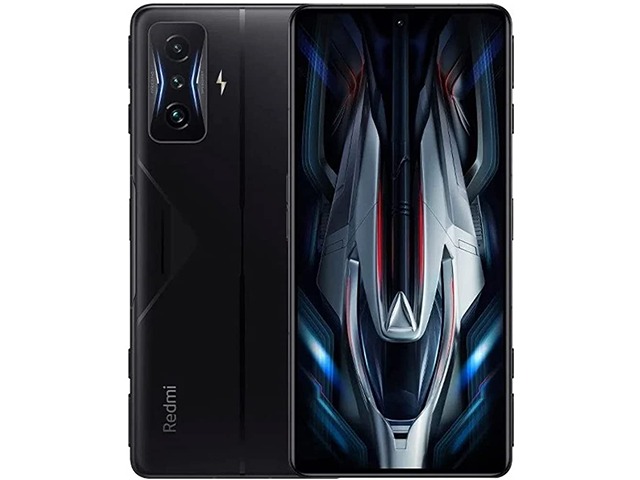The Latest Xiaomi Redmi K50 Review
Even specialists may become overwhelmed by the extensive list of industrial terminology in Xiaomi Redmi K50 flyer. A lot of questions will run through your head when you think to buy a new cellular phone. In this article, you can take a look at Xiaomi Redmi K50 reviews that sort out the majority of its specifications and technical terms so you can understand everything about it.
Xiaomi Redmi K50 model status in the market is Available. However, it is announced by Xiaomi company on 3/17/2022 and Released 2022, March 22.
Xiaomi Redmi K50 has 128GB 8GB RAM, and 5500 mAh battery life (the more mAh value gives more strength to the battery). When you purchase Xiaomi Redmi K50, you will gain 48 MP, (wide), 1/2″, 0.8µm, PDAF, OIS rear camera and 13 MP, f/2.4, 100˚ (ultrawide) selfie camera.
Xiaomi Redmi K50 comes with a 6.67 inches, 107.4 cm2 display size, and Corning Gorilla Glass Victus as a display protection that is prepared to conserve the screen when the phone falls on hard and rough surfaces.
Xiaomi Redmi K50 has these software and hardware platforms:
* Android 12, MIUI 13 OS,
* MediaTek Dimensity 8100 (5 nm) Chipset
* Octa-core (4×2.85 GHz Cortex-A78 & 4×2.0 GHz Cortex-A55) Processor.
In this article, you will find Xiaomi Redmi K50 review which will explain the main Xiaomi Redmi K50 specifications that you need to make a wise decision about your new cellular phone.
This Xiaomi Redmi K50 Review Is Your Guide To Learn About The Body Specs
mobile phone’s body characteristics are very important to be taken into account while selecting a new device. These specs are the body dimensions, the body weight, and the body build. In these following lines, you will read Xiaomi Redmi K50 review in terms of the body characteristics.
* Body Dimensions: 163.1 x 76.2 x 8.5 mm (6.42 x 3.00 x 0.33 in) which mean height, width, and thickness (depth) respectively.
* Body Weight: 201 g (7.09 oz).
Any weight between 140g and 170g is considered appropriate for mobile phones and is good for the majority of people.
* Body Build: Glass front (Gorilla Glass Victus), glass back.
You could find the following types of cellular phone’ body:
* Metal. It is the strongest one in terms of saving the devise components, that’s because it’s made of metals.
* Plastic. Because it doesn’t bend, this type could be more sturdy than metal. Also, It works for a longer period of time than a glass one because it doesn’t shatter easily.
* Glass. In spite of the brittle nature of glass makes it more breakable, this type of smartphone’s body looks more polished and appealing.
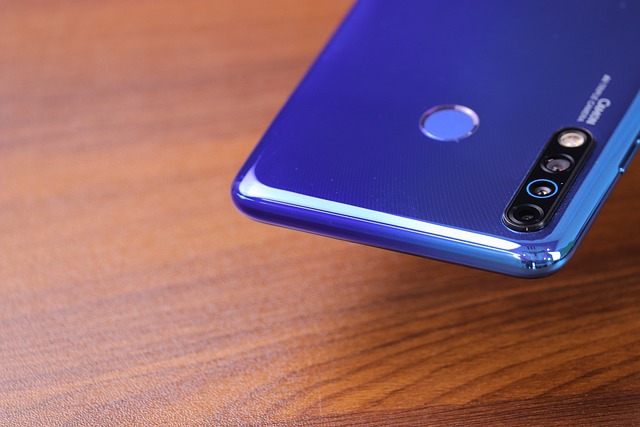
Get Your Preferred Color – Xiaomi Redmi K50 Review
Modern mobile phones come in a variety of colors. Companies are also manufacturing gradient colors in addition to solid color devices.
Xiaomi Redmi K50 comes in the following colors: Black, Gray, Blue, Green.
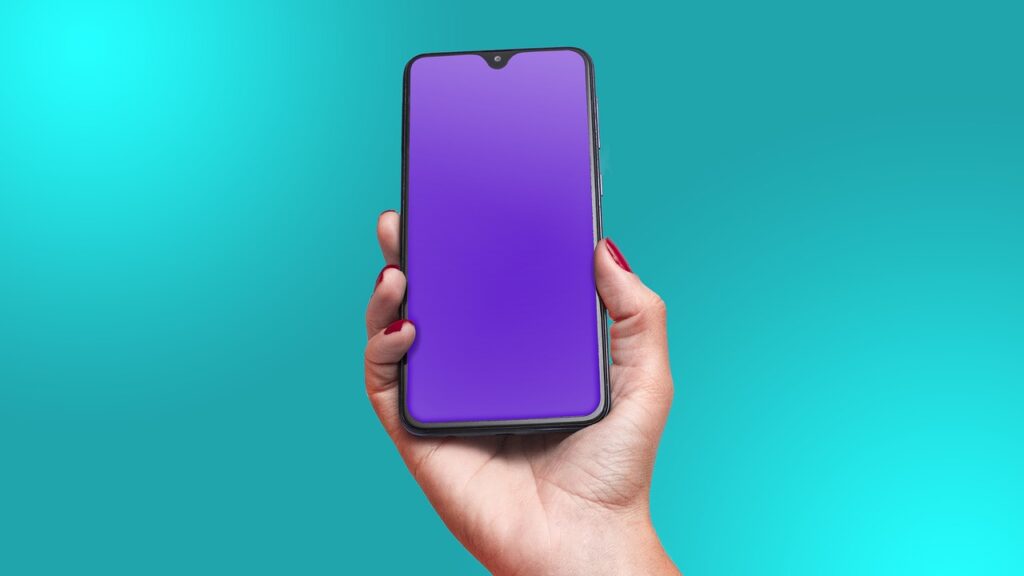
All About Display features in one Xiaomi Redmi K50 Review
The display has always been a fundamental component of a smartphone. Still, ever since the advent of full-screen touch mobile phone, it has become imperious for manufacturers to provide the best display devices to consumers, it will boost the viewing and gaming experience.
Read on to know more about the fundamental screen characteristics of Xiaomi Redmi K50.
Display Type: OLED – Always select a screen type that gives proper black and more radiant colors.
Refresh Rate: 120Hz – The refresh rate (measured in Hertz (Hz)) is the number of times a screen redraws an image. More refresh rate results in significantly better image quality and reduced motion blur.
Display Size: 6.67 inches, 107.4 cm2 – These days, smartphones feature screens that measure between 4.7 and 6.5 inches.
Display HDR: HDR10+ – means that there is a significant contrast between the lightest and darkest areas of an image
Display Nits Peak: 1200 nits (peak). It is the brightest possible light. emitted by the screen. Anything above 500 nits is good to use on a sunny day.
Display Nits Full: 1200 nits (peak).
Screen To Body Ratio: (~86.4% screen-to-body ratio). It gives the percentage of how much of the front face is covered by the display.. Smartphones that have the largest screen-to-body ratio look delicate and give them a premium look.
Display Ratio: 20:9 ratio. the Aspect ratio is the relevance between the height and width of the smartphone screen. Taller aspect ratios like 19.5:9 is coming with the most modern smartphones, and it is suitable for web browsing, and other portrait orientation apps.
Display Resolution: 1440 x 3200 pixels. It is the clarity of an image video in detail and sharpness. The pixel resolution for high-definition screens is 1920 x 1080.
Display Density: (~526 ppi density). It is the number of physical pixels per inch on a screen and is measured in Pixels Per Inch (ppi).
Display Protection: Xiaomi Redmi K50 comes with the following display protection:
* Corning Gorilla Glass Victus
* Corning Gorilla Glass Victus.
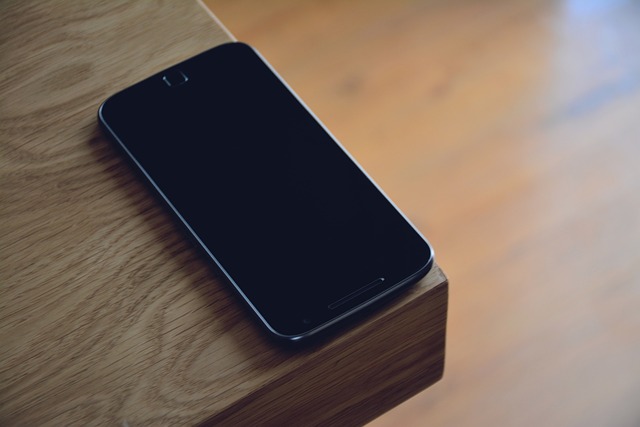
Best Xiaomi Redmi K50 Review For Camera Specifications
In the following lines, you will find Xiaomi Redmi K50 review about the main cameras.
* Main Camera Single: {48 MP, (wide), 1/2″, 0.8µm, PDAF, OIS}.
Here are explanations about some of the symbols included in the camera characteristics:
MP (Megapixels) is the resolution of the image taken by a cellphone.
(f value) is the aperture of a lens that indicates how much light it lets in. The larger the aperture, the more light is let in; and vice versa.
(mm value) This measurement is of the lens’s focal length, which affects the final image that is produced by your camera.
AutoFocus (AF) is the function of a camera to automatically focus on a subject.
* Main Camera Dual: 8 MP, 119˚ (ultrawide)
* Main Camera Triple: 2 MP, f/2.4, (macro)
The main camera features are as follows:
HDR, panorama, 4K@30fps, 1080p@30/60/120fps, 720p@960fps gyro-EIS main video camera.
In the following lines, you will see Xiaomi Redmi K50 review of the selfie camera:
* Selfie Camera Single: 13 MP, f/2.4, 100˚ (ultrawide)
The main camera characteristics are:
HDR, Panorama, 4K@30fps, 1080p@30/60fps Selfie video camera.
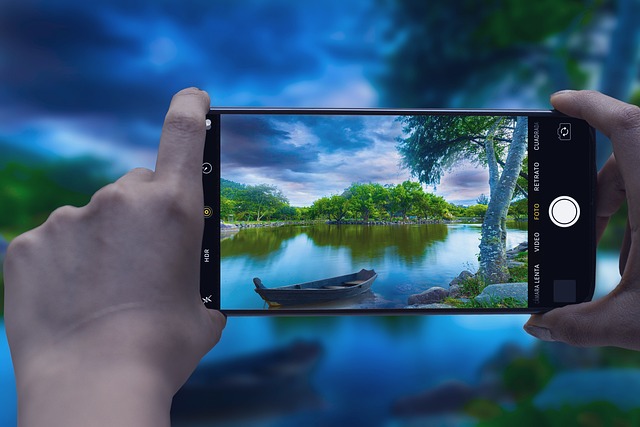
Important Details About The SIM – Xiaomi Redmi K50 Review
SIM stands for Subscriber Identity Module, and it’s a tiny electronic card that fits into your phone. There are three sizes available for this electronic chip: Standard (Mini), Micro, and Nano, and it lets you connect to a cellular network. Then, you can make calls, send SMS messages, and use mobile internet services like 3G, 4G, and 5G. For more information about 3G / 4G networks, refer to Xiaomi Redmi K50 3G or Xiaomi Redmi K50 4G articles. However, you can use the mobile phone without a SIM to use some available programs on it, play games, and connect to a Wi-Fi network to explore the internet.
This cellular phone model comes with Dual SIM (Nano-SIM, dual stand-by) card. For more information, refer to How to insert SIM card in Xiaomi Redmi K50 article.
Here are the common SIM card kinds:
* Nano-SIM. This removable SIM card size is the smallest available one, so it is the most modern one (other than eSIMs, which we’ll talk about it very soon) and most current cellphones are using it.
* Micro SIM. They have a little bit larger chip, and they’re seldom been used in recent years.
* Standard SIM (Mini-SIM). It is the biggest SIM card size in use, and it’s the most seldom used.
* eSIM. It is an embedded SIM card, meaning that you can’t remove it from your smartphone.

Xiaomi Redmi K50 Review of The Performance
This model has MediaTek Dimensity 8100 (5 nm) chipset.
A chipset on a mobile phone is most usually termed as a system on chip (SoC). It is an integrated circuit that combines all the basic components of a device on a single chip. The most famous types are QUALCOMM Snapdragon, MEDIATEK CHIPSETS, and INTEL ATOM.
Xiaomi Redmi K50 has Octa-core (4×2.85 GHz Cortex-A78 & 4×2.0 GHz Cortex-A55) CPU.
The performance of the CPU will be improved by increasing the number of cores and the processing speed.
Xiaomi Redmi K50 has the following GBU (Graphics Processing Unit): Mali-G610.
This chip is responsible for handling and accelerating all graphics jobs, and the faster the GPU, the more powerful the device will be.

Xiaomi Redmi K50 Review of the Storage features and Capacity
The quantity of storage that a new mobile phone provides is one of the major decision considerations.. and the following internal memory: 128GB 8GB RAM – 256GB 8GB RAM – 256GB 12GB RAM – 512GB 12GB RAM
There are two types of phone’s memory:
Internal: It is integrated inside the phone, and can’t be increased. These days, most smartphones come with internal memory of at least 32GB or 64GB and a few high-end models feature 256GB or 512GB.
External: It is a removable SD card used as an extra storage to save photos, music, videos, etc., regardless of the kind of SD card slot.
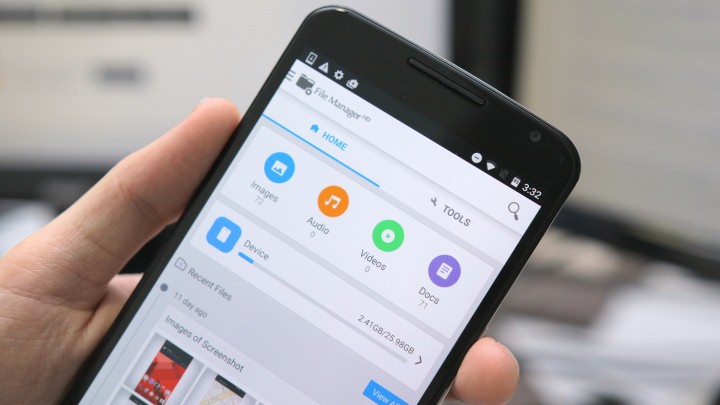
Xiaomi Redmi K50 Review – Mobile Networks and communication
A mobile network is a system that provides wireless communications for mobile devices. This is done through communication towers covering specific different areas. There are 3 kinds of these networks: 3G, 4G (LTE) and 5G. These types are working on the most modern smartphones.
Xiaomi Redmi K50 supports the following networks: 3G. For more info, refer to Xiaomi Redmi K50 3G article. – 4G. For more info, refer to Xiaomi Redmi K50 4G article.

Read About Wireless Connections – Xiaomi Redmi K50 Review
This model comprises the following wireless communications:
* WLAN connection: {Wi-Fi 802.11 a/b/g/n/ac/6, dual-band, Wi-Fi Direct, hotspot}. Wireless Local Area Network depends on Wi-Fi to connect to the home or office wireless network using the local router and provides Internet access.
* Bluetooth connection: {5.3, A2DP, LE}. It is a common wireless communication protocol used to connect two devices together over short ranges, allowing them to share data between different devices.
* GBS connection: {Yes, with A-GPS. Up to tri-band: GLONASS (1), BDS (3), GALILEO (2), QZSS (2), NavIC}.Global Positioning System allows a mobile phone to determine any position you need.
* NFC connection: {Yes}.Near Field Communication is a wireless technology that allows your mobile phone to transfer data to another device when they’re close together, so it’s generally used for contactless payments. For more information, refer to NFC on Xiaomi Redmi K50 article.
* USB connection: {USB Type-C 2.0, USB On-The-Go}.Universal Serial Bus is wired technology that allows users to connect two devices, such as a smartphone with a PC, to either transfer data or charge the connected device.
* Features Sensors: {Fingerprint (side-mounted), accelerometer, gyro, proximity, compass, color spectrum}. The sensor is a device that detects and majors the changes in the nearby environment such as ambient light and motion.
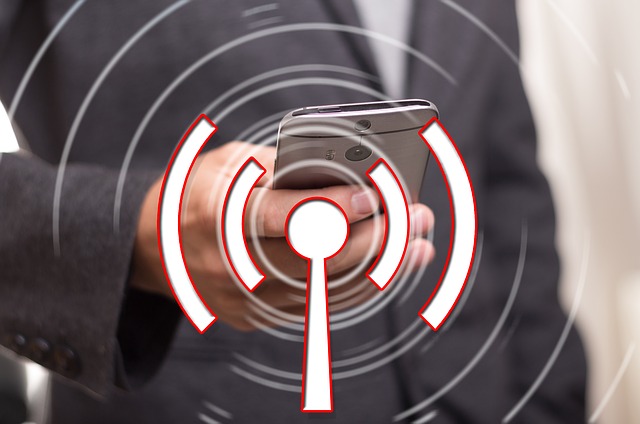
The Operating System – Xiaomi Redmi K50 Review
This model comes with {Android 12, MIUI 13} operating system.
Main Specs of The Battery – Xiaomi Redmi K50
Nothing is more essential than the battery of the cellular phone that keeps these gadgets running and keeping daily life working. In the following lines, you’ll see Xiaomi Redmi K50 review of its primary battery.
* Battery Technology: {Li-Po}.
* Xiaomi Redmi K50 comes with {non-removable} battery.
* Battery Capacity: {5500} mAh. It refers to the amount of storage volume a particular battery can provide. A battery with a 3100 mAh capacity rating could supply a current of 3100 mA for one hour. Higher mAh ratings for the same battery type will generally mean more working time.
* Battery Charging: {Fast charging 40W}.
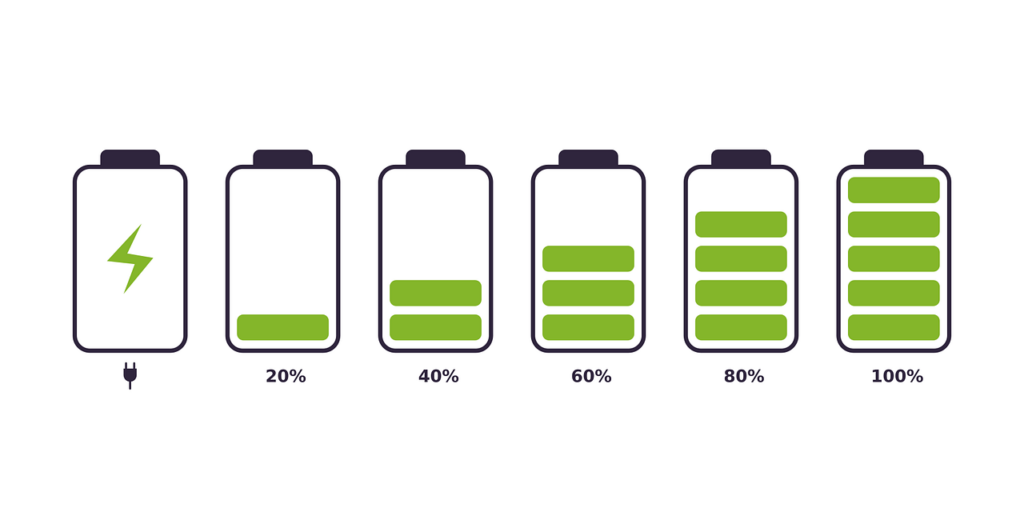
Xiaomi Redmi K50 Review – The Battery Secondary Specifications
In addition to the primary Xiaomi Redmi K50 specs that we mentioned earlier, this model has more battery-related characteristics that are relatively varied depending on the type of the mobile phone. These features are as follows:
* Battery Charging Original: {Fast charging 67W, 80% in 30 min (advertised), Power Delivery 3.0, Quick Charge 3+}.
* Battery Wireless Charging: {Wireless charging 27W}.
* Battery Reverse Charging: {Reverse charging 5W}.
* Battery Wireless Reverse Charging: {Wireless reverse charging 10W}.


